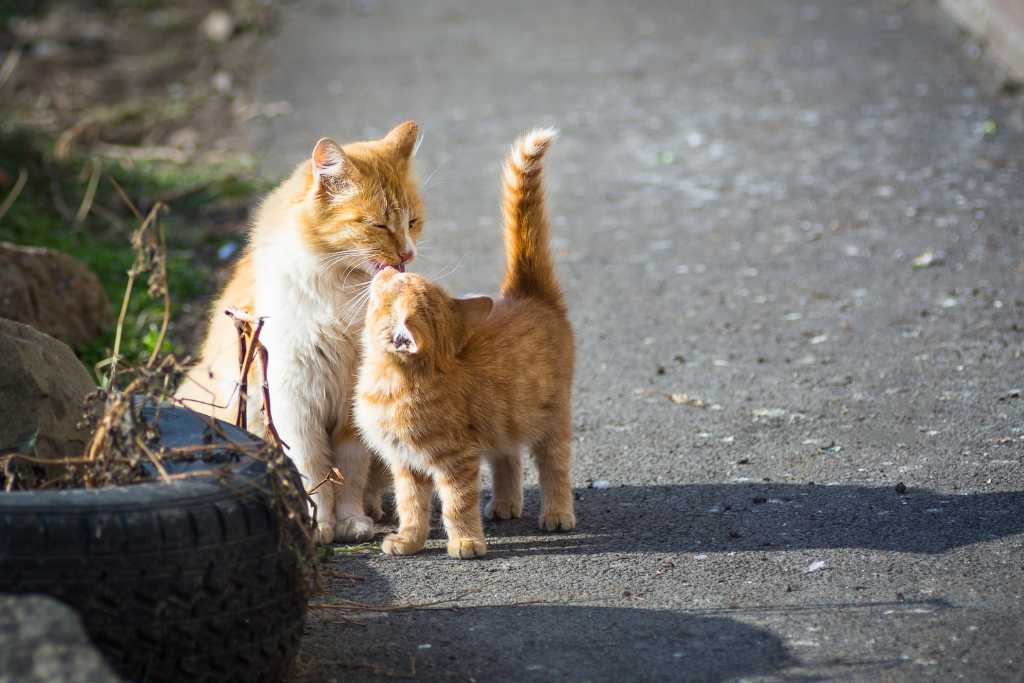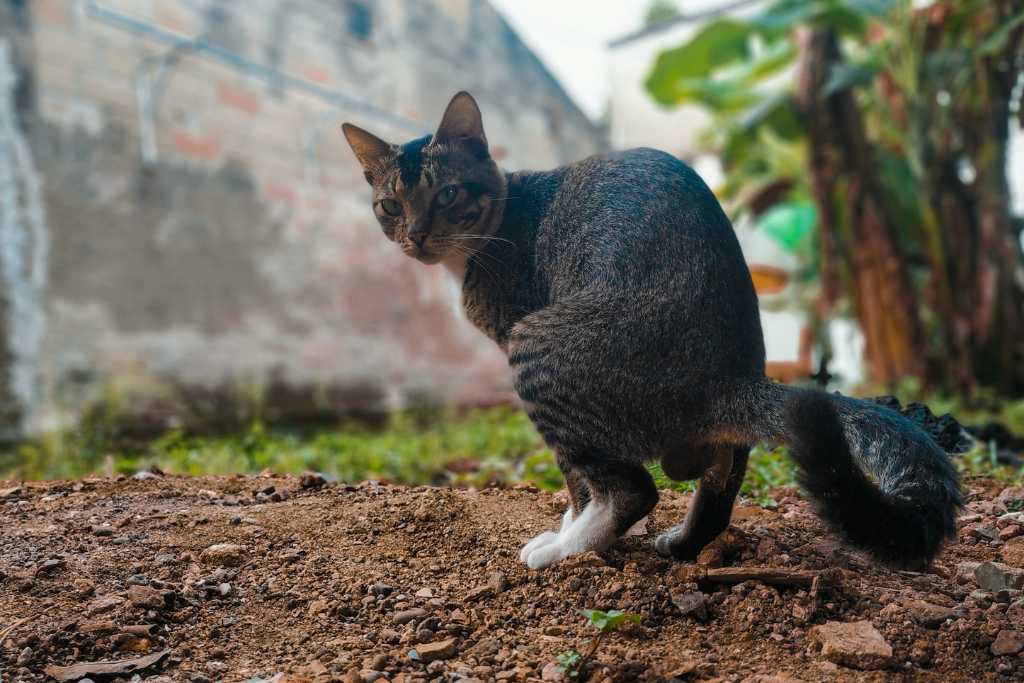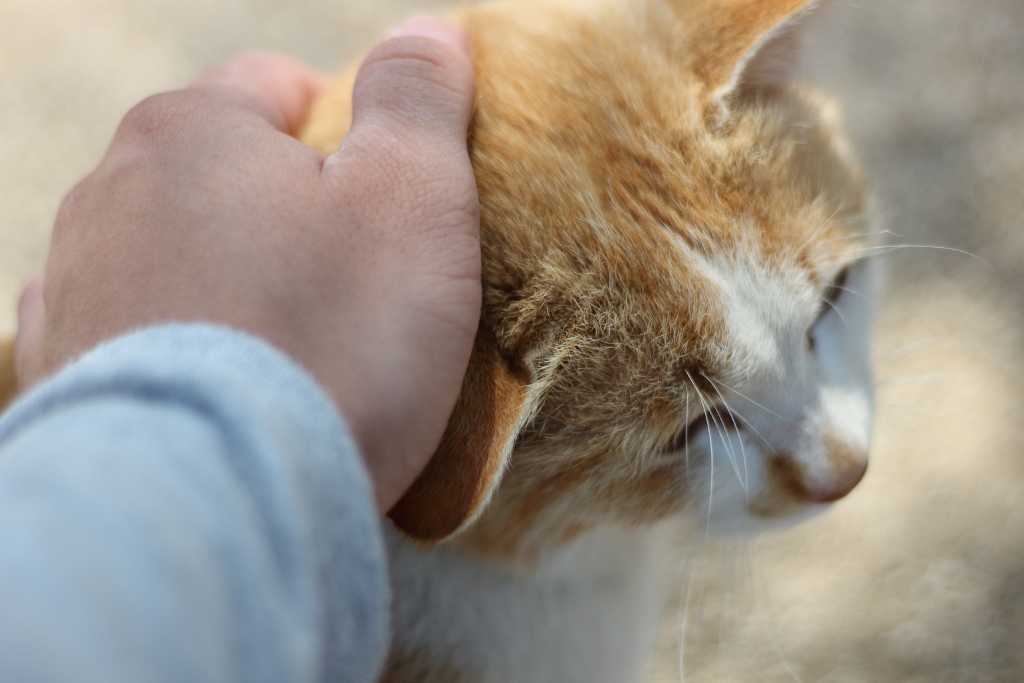$59.00
AWAY FROM FREE SHIPPINGNICE. SHIPPING IS ON US!
$120.00
AWAY FROM FREE GIFTCHOOSE A FREE GIFT DURING CHECKOUT!
YOUR CART IS EMPTY. SHOP NOW.
Stray cats are a common sight in many communities around the world. While some people may find them adorable and harmless, others view them as a nuisance that poses health risks and property damage. The presence of stray cats can have both positive and negative impacts on the community they live in, and it is important to understand these impacts to develop effective strategies for managing them.

Stray cats may pose certain health risks
One of the most significant concerns associated with stray cats is the risk of disease transmission. Stray cats can carry several diseases that can be transmitted to humans and other animals, including toxoplasmosis, cat scratch fever, and rabies.
Toxoplasmosis is a parasitic disease that can be transmitted to humans through contact with infected cat faeces. The disease can cause flu-like symptoms in healthy individuals, but it can be serious for pregnant women and individuals with weakened immune systems. Cat scratch fever is a bacterial infection that can be transmitted through scratches or bites from infected cats. Symptoms include fever, fatigue, and swollen lymph nodes.
Rabies is a viral disease that can be transmitted to humans and other animals through bites from infected animals. Stray cats (and dogs) are one of the most common carriers of rabies. The good news is that Singapore has been rabies-free since 1953. However, we must remain vigilant as the disease can be fatal if left untreated. Seek medical attention immediately if you have been bitten or scratched by a cat.

Stray cats may cause property damage
Stray cats can also cause property damage, which can be costly and frustrating for homeowners. They can damage gardens and landscaping, dig holes in lawns and flower beds, climb on cars, and destroy other outdoor equipment. For example, a stray cat may use a garden bed as a litter box or use a tree or fence as a scratching post, causing damage to the bark or fence. They may also scratch or chew on outdoor furniture, such as patio chairs or cushions. If left unchecked, the damage caused by stray cats can become a nuisance and require costly repairs. Try the NaturVet No Stay! Furniture Spray For Cats to keep stray cats off your garden furniture and other undesired areas around your porch and patio. Whichever solution you decide on, it is important to make sure that the product is safe for use around young children, plants, and animals.
Stray cats caterwauling at night
Stray cats can be noisy at night, which can be disruptive for residents who are trying to sleep. They may caterwaul, meow, or fight with other cats, and they may knock over trash cans and other objects. This noise pollution can cause disturbances and lead to a decrease in the quality of life for community members.

In addition to being noisy and causing physical damage, the presence of stray cats can also create an unpleasant odour, especially if they are using a specific area as a litter box. There are several ways to deter stray cats from pooping in your garden. Here are a few options:

Stray cats may help pest control
Despite the negative impacts associated with stray cats, there are also some benefits to having them in the community. One of the most significant benefits is their ability to control the population of rats and mice. Cats have worked as ‘exterminators’ for at least 10,000 years. People have been using cats to control rats and other pests for centuries. Ancient farmers would use cats to protect their grains against rodents. Cats worked as rat catchers on ships during World War II. Cats may indeed eat rats, but they also deter rats from coming near. The very scent of a cat can make rats scatter. As cats mark their territory (not with urine!) by simply rubbing up against things, this will deter the rodents from coming around.
Cats are natural predators. Stray cats can help keep the population of these pests under control. This can be beneficial in preventing the spread of diseases and reducing property damage associated with these pests.

Stray cats provide companionship
Another benefit associated with stray cats is the companionship they can provide. Some people in the community may find comfort in feeding and interacting with stray cats, and may even form close relationships with them. Stray cats can provide emotional support to people in the community who may be dealing with stress or mental health issues. This can be particularly important for individuals who are lonely or isolated, and it can help improve their quality of life. Interacting with animals has been shown to have a calming effect and reduce feelings of loneliness.
Stray cats may help with community building
Stray cats can bring together members of the community who may share a common interest in caring for and helping the cats. This can lead to the formation of community groups and social networks. This may create an opportunity for education about animal welfare and responsible pet ownership too. Community members can learn about the importance of spaying and neutering pets, providing proper care for animals, and how to safely interact with stray cats.

Stray cats can have both positive and negative impacts on the community they live in. While they can help control the population of pests like rats and mice, they can also pose health risks and cause property damage and noise pollution. As such, communities need to develop effective strategies for managing their populations. One of the most effective strategies is trap-neuter-return (TNR). This involves trapping stray cats, sterilizing them, and returning them to the community. This can help reduce overpopulation and the risk of disease transmission while still allowing community members to interact with the cats.
In Singapore, the cat trap-neuter-return (TNR) program for stray cats is primarily carried out by several animal welfare organizations, such as Cat Welfare Society, Causes for Animals, and Love Kuching Project. These organizations work closely with the National Parks Board (NParks) to manage the stray cat population safely and humanely.
Another strategy is to provide resources for community members to care for stray cats. This may include providing cat food, feeding utensils, shelter, as well as resources for medical care. By providing these resources, community members may be more likely to take an active role in caring for the cats, which can help reduce the burden on local animal control agencies.

The presence of stray cats can have both positive and negative impacts on the community they live in. While overpopulation can be a significant burden on the community, by developing effective strategies for managing their populations, communities can reduce the negative impacts while still benefiting from the positive impacts. This may involve raising awareness about trap-neuter-return programs and responsible pet ownership, providing resources for community members to care for stray cats, and educating residents about the risks and benefits associated with stray cats.

Comments will be approved before showing up.



